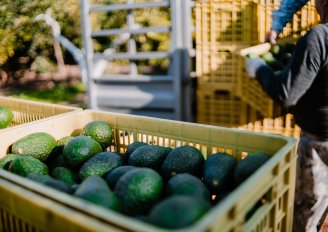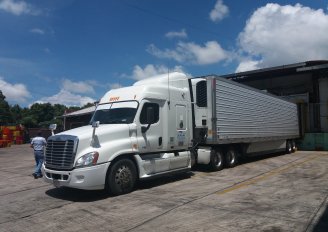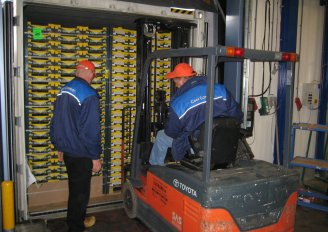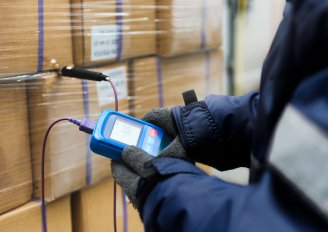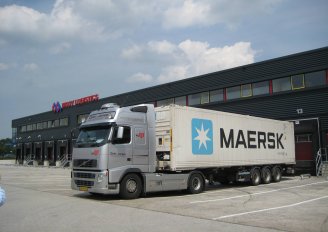
Transport practices for avocado
Transport of avocado generally takes place in (refrigerated) trucks, reefer containers, or by plane. Checks and proper loading are always important to maintain good (temperature) conditions for the product during transport. Refrigerated transport is often necessary. Trucks and reefers can maintain a low temperature, but do not have enough cooling capacity to lower the product temperature. Therefore, products must be pre-cooled before entering the refrigerated truck or reefer. During transport and waiting periods, the load must be well covered to protect against dust, sun and rain. Careful driving and handling are essential to prevent damage to produce from mechanical actions.
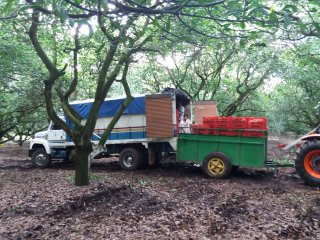
Proper transport conditions for avocados
The pick-up of avocados from the orchard should follow soon after harvest because it is essential that avocados, especially for overseas shipment, are cooled as soon as possible. Therefore, delays between harvest and cooling should be avoided. After cooling in packhouse, they can be transported further in refrigerated trucks or reefer containers. The best transport temperature for avocado depends on variety, production areas and the season, it is usually in the range between 5 and 7 ºC. The optimum humidity would be around 90% RH. The temperature during transport should be kept constant to reduce condensation. Higher humidity or condensation may encourage the growth of moulds.
